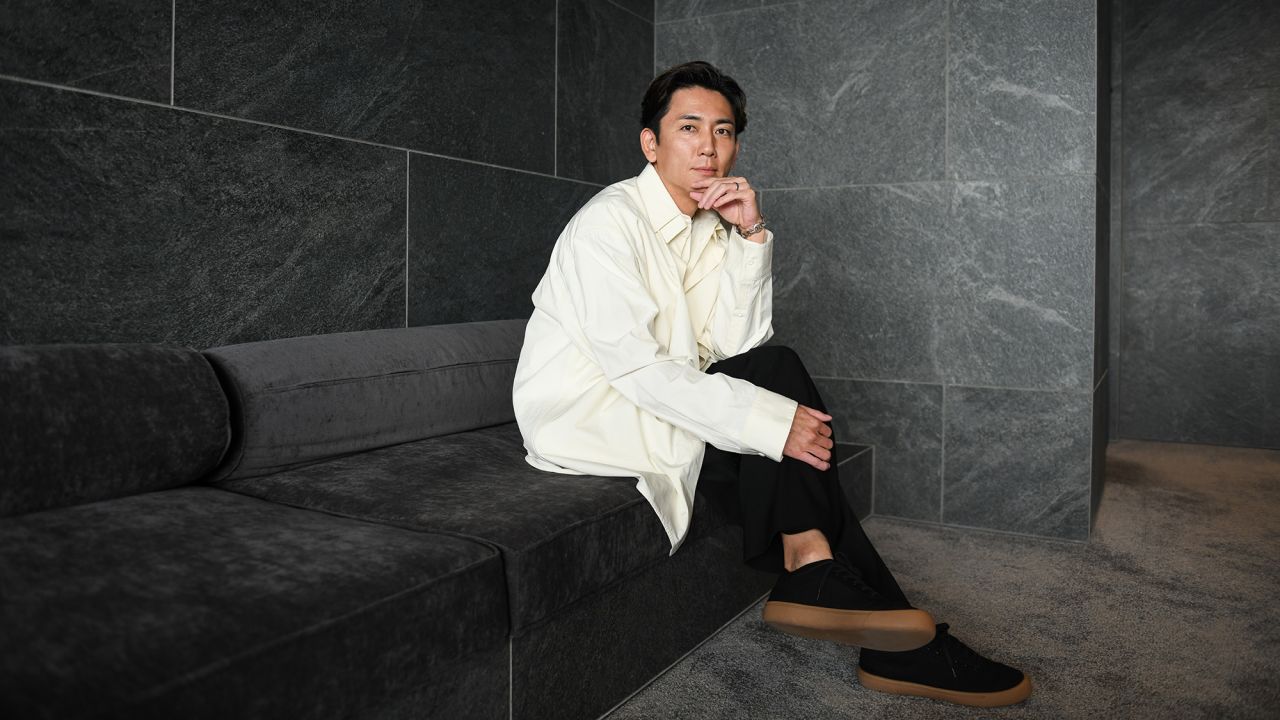The recent auction of a Birkin bag in Paris has set a new record, with the item fetching an astonishing $10 million. This sale, conducted by Sotheby’s in July 2023, underscores the intense demand for these luxury accessories. The winning bidder, Japanese collector Shinsuke Sakimoto, revealed his motivations behind the historic purchase, which goes beyond mere acquisition.
Sakimoto’s interest in the Birkin bag is not solely about owning a coveted piece of fashion; it is about making a profound statement in the competitive world of luxury collectibles. In an exclusive interview with CNN, he expressed a desire to inflict “psychological damage” on his competitors. This sentiment reflects the cut-throat nature of high-end auctions, where prestige and exclusivity often drive bidding wars to unprecedented heights.
Birkin bags, designed by the French luxury brand Hermès, have long been symbols of wealth and status. Their limited availability contributes to their high price, making it difficult even for affluent individuals to acquire one. The bags are hand-crafted and often produced in small quantities, further enhancing their allure and desirability among collectors.
The auction held by Sotheby’s showcased a range of luxury items, but the Birkin bag stood out for its price and significance. Sakimoto’s winning bid not only highlights the financial investment involved but also the cultural implications of ownership in this exclusive market. The collector emphasized that the purchase serves as a message to others in the field, indicating his serious commitment to being a dominant player in the luxury market.
Sakimoto’s strategy goes beyond mere possession; it encompasses a broader ambition to shape perceptions within the luxury community. By acquiring such a high-profile item, he aims to elevate his status and influence, potentially impacting future auctions and the competitive landscape.
The sale of the Birkin bag encapsulates the intersection of luxury, art, and investment. As high-profile sales continue to draw attention, the implications of such transactions extend beyond monetary value. They reflect shifting dynamics in consumer culture, where luxury items become instruments of power and personal identity.
As the landscape of luxury collecting evolves, Sakimoto’s purchase signals a trend where psychological warfare and competitive bidding become as significant as the items themselves. The world of high-end auctions is witnessing a transformative moment, driven by the ambitions of collectors like Sakimoto who seek not only to own but to define the narrative around luxury and exclusivity.
